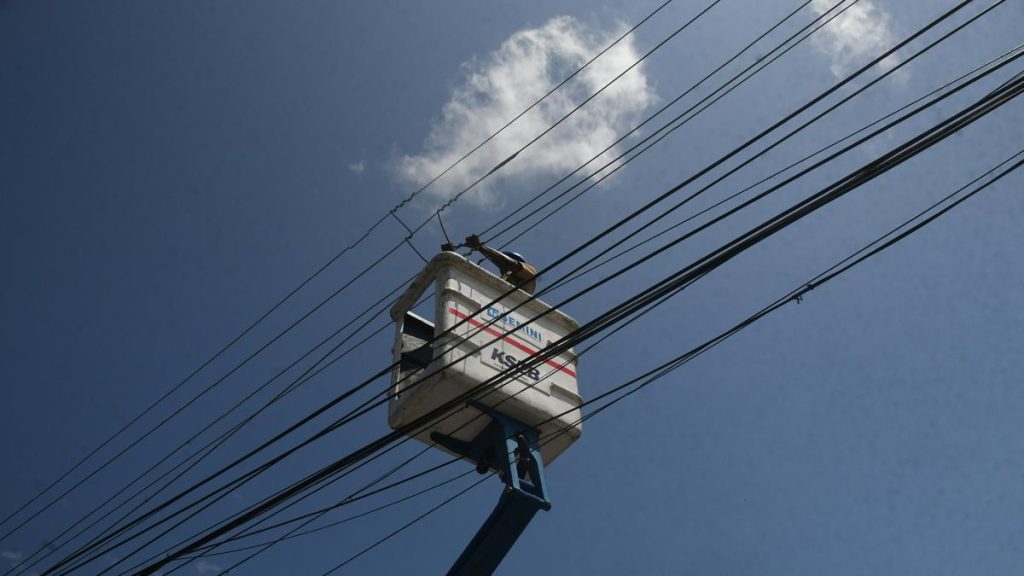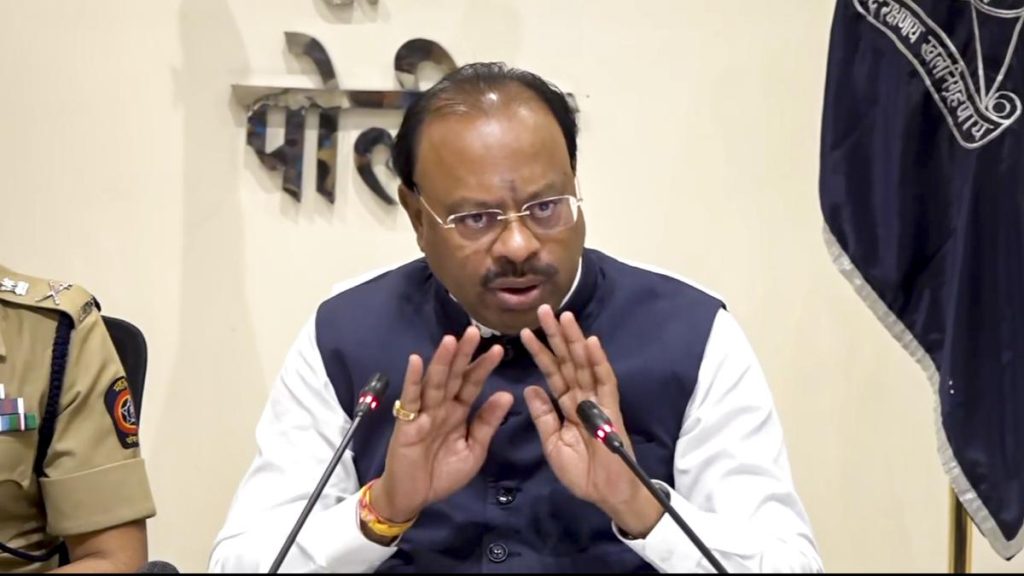Now Reading: Broken Heart Syndrome: A Growing and Fatal Concern in the U.S
-
01
Broken Heart Syndrome: A Growing and Fatal Concern in the U.S
Broken Heart Syndrome: A Growing and Fatal Concern in the U.S

Speedy Summary
- Researchers followed nearly 200,000 U.S. adults over five years to study the impact of stressful events on heart health.
- Results showed that conditions like atrial fibrillation, heart attacks, and “broken heart syndrome” (Takotsubo cardiomyopathy) remained prevalent and largely unchanged from 2016 to 2020.
- Broken heart syndrome involves temporary enlargement of parts of the heart due to stress hormone surges from emotional events.symptoms resemble those of a heart attack but involve different physical changes.
- The study reported a death rate of 6.5%. Men experienced double the fatality rate (11.2%) compared to women (5.5%).
- Incidence was highest among individuals aged over 61; those aged 46-60 were considerably more likely to be affected than younger groups.
- Socioeconomic factors, including income levels and insurance status, appeared influential in susceptibility.
- Increased awareness could help doctors better diagnose this syndrome by recognizing symptoms that mimic heart attacks but differ physiologically.
Indian Opinion Analysis
The scientific insights into “broken heart syndrome” highlight how emotional health can directly influence physical well-being – an area deserving attention everywhere, including India. While this specific research focuses on U.S.-based data and demographics, its implications transcend borders given universal human vulnerabilities to stress.
In India’s context, where cardiovascular diseases are among leading health issues and mental health resources often face accessibility challenges due to socioeconomic disparities or stigma related to seeking help for psychological distress, studies like these underscore the urgent need for integrated care approaches addressing both mental and cardiac health.
A growing urban middle class is increasingly exposed to high-stress lifestyles amid economic transitions while rural populations may struggle with healthcare access tied closely to socioeconomic status-both presenting potential risk factors similar in scope as observed in this study’s findings elsewhere.
For policymakers, promoting preventive measures through public education about managing stress-induced illnesses alongside improved medical infrastructure can provide dual benefits: lowering healthcare costs long-term while enhancing citizens’ quality of life.

























